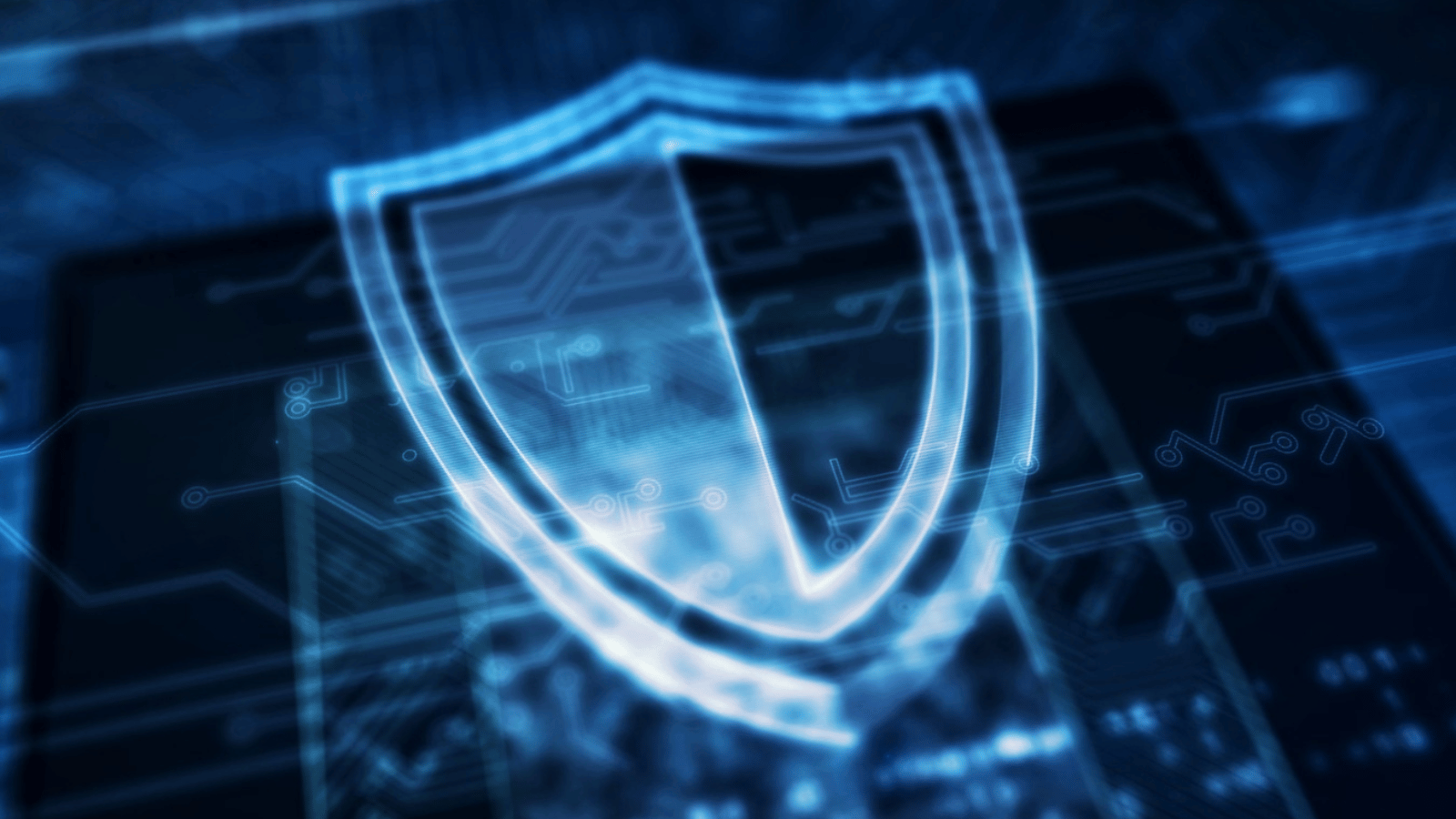How Do You Secure Legacy Systems? Top Industrial Cybersecurity Strategies for OT Protection
As cybersecurity threats evolve, protecting industrial and legacy systems in sectors like manufacturing and energy is increasingly challenging. In this recent panel discussion, experts from TX1, Arc, and Blastwave shared insights on the unique security considerations for Operational Technology (OT) environments. Here’s a summary of the major themes and actionable insights from the session.
Understanding Legacy Systems
Legacy systems, often integral to industrial operations, come with several security concerns. These systems can be decades old and rarely come with built-in cybersecurity measures. Compliance standards may now require cybersecurity updates, but legacy systems are typically difficult to upgrade or patch due to hardware limitations, outdated software, or the original manufacturer no longer supporting them.
Key Points:
- Assumptions About Legacy Systems: Legacy systems aren’t inherently outdated simply because they’re old; often, they’re optimized for the specific processes they manage. However, they lack cybersecurity measures standard in newer technology.
- Defining Legacy Systems: Generally, a system becomes “legacy” as soon as it cannot receive regular updates or its manufacturer no longer supports it.
Strategies for Securing Legacy Systems
Organizations need to adopt strategic methods to secure legacy systems without fully replacing them. Here are a few methods discussed:
- Virtual Patching: Placing virtual security patches around these systems can shield known vulnerabilities, offering a protective layer that compensates for the inability to patch directly.
- Network Segmentation and Microsegmentation: Dividing OT networks into isolated zones can help protect critical systems from outside access and minimize the spread of potential threats.
- Risk Management and Operator Training: Incorporating cybersecurity into staff training, disaster recovery plans, and daily operations ensures that the workforce can effectively prevent and respond to threats.
The Role of AI in Cybersecurity for Legacy Systems
With the rise of generative AI, cybersecurity threats are advancing quickly, but AI also offers powerful tools for defense. For instance, AI can help monitor network traffic for anomalies and potentially detect breaches in real time. However, AI is also a double-edged sword: it can enable bad actors to create highly targeted phishing attacks and other advanced threats.
Compliance and Regulation
The panel highlighted that regulations like Europe’s NIST 2 mandate greater accountability, with leadership now responsible for ensuring OT security. In contrast, U.S. regulations are often more voluntary, though certain industries face strict reporting requirements (e.g., SEC-mandated breach disclosures for publicly traded companies).
Final Thoughts
Industrial operators face the challenge of securing legacy systems that are difficult to replace but essential to operations. With proper risk management, network segmentation, and virtual patching, organizations can protect these critical systems effectively.
For a deeper dive, schedule a demo or learn more about securing legacy systems with Blastwave at https://www.blastwave.com/schedule-a-demo.
Experience the simplicity of BlastShield to secure your OT network and legacy infrastructure.










.svg)